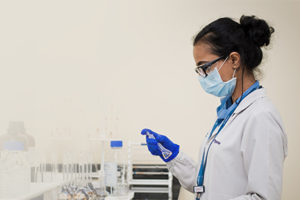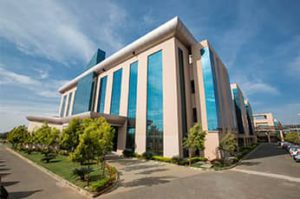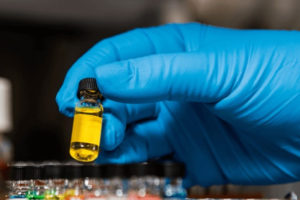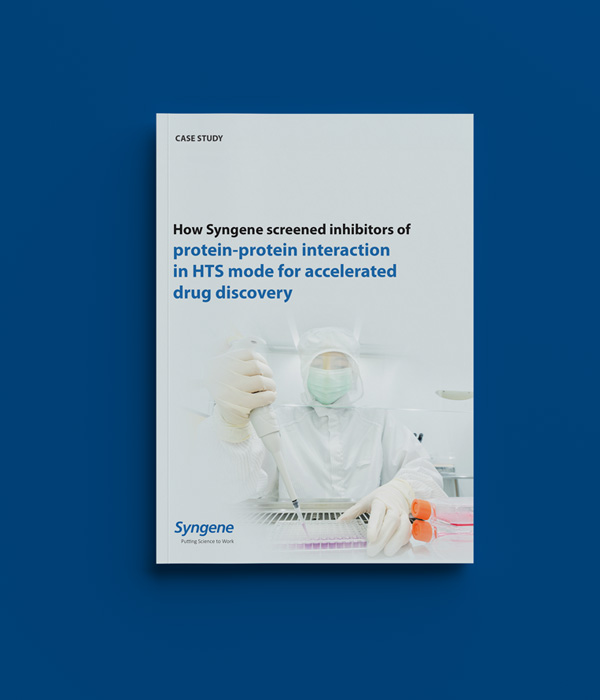The Challenge
A biotech company approached Syngene to develop an HTRF assay for screening inhibitors of protein-protein interaction in high throughput screening (HTS) mode. We were required to screen 50,000 compounds against two different transcription factors in a challenging megadalton-size multiprotein complex. Another requirement was to establish a counter-screen for identifying interfering compounds. Syngene was required to deliver both against tight timelines while ensuring high-quality output.
The Solution
Syngene is equipped with various types of instruments to enable HTS solutions. We have multiple HTS-ready plate readers of different makes (PerkinElmer® EnVision®, Tecan Spark®), which can read in autonomous mode once the plates are stacked on the instruments. Further, we have multiple liquid handlers and dispensers (Tecan Freedom Evo®, Beckman Coulter Echo, Thermo Multidrop Combi, Integra Assist Plus), which can be programmed to dispense volumes ranging from nano to micro-liters.
Syngene scientists developed two biochemical HTRF assays and tailored them to run in a high-throughput mode. One major challenge was working with megadalton (MDa) size protein complexes resulting in a lack of uniformity (drift in signal) in the assay plates. We identified the root cause to be the sticky nature of the proteins. To resolve this issue, we undertook pre-treatment of all plasticware (including pipette tips) with suitable conditioning buffers resulting in plate uniformity of acceptable levels.
As part of the screening, we ran 486 384-well plates for two targets, including counter screening in 12 days (40 plates on average/day). Plate-wise quality control (QC) parameters, Z’ values, and signal-fold for both Target 1 and Target 2 are shown in Figure 1.
We obtained consistent Z’ values (0.8±0.05) for the entire screening. The signal fold varied slightly across different days but was in the acceptable range per the validation studies.
The table below provides a summary of the screenings focusing on critical parameters.
Description | HTS 1 |
|---|---|
Library size | 45,000 |
Targets | 2 |
Counter Screen | 1 |
Total number of 384-plates screened | 486 (2 targets + 1 counter screen) |
Type of HTS assay | Homogeneous Time Resolved Fluorescence (Biochemical) |
HTS assay development | In-house |
Automation and plate uniformity | In-house |
HTS readiness demonstration | Pilot run with 5,000 compounds |
Number of 384-well plates screened/day | 40 |
Number of compounds screened/day | 11200 |
Total number of days of plate screening | 12 |
Average signal-fold observed | 11 ± 1.3 (Target 1; 162 plates) 6 ± 0.8 (Target 2; 162 plates) 12 ± 1.7 (counter screen; 162 plates) |
Average Z’ for the entire screen | 0.8 ± 0.05 (486 plates) |
Results Delivered
Syngene leveraged its in-house expertise and automation capabilities to deliver high throughput screenings of high quality within the agreed-upon timelines at optimum costs. The client was very well satisfied with the quality of our output, which enabled them to identify hits and proceed to hit triage at an accelerated pace. Further, even after completing this project, the client continued to work with us for routine screening of compounds as part of the hit-to-lead phase.
To learn more about our drug discovery services, contact our team.








